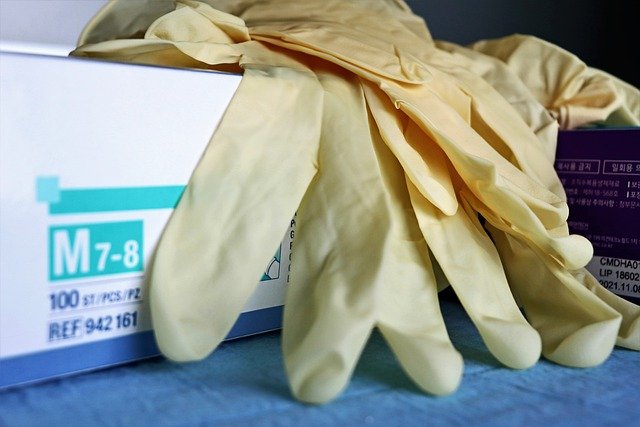Filter Blogs By

Epididymitis vasectomy treatment
Epididymitis is simply an inflammation or infection of the epididymis. It commonly affects men, particularly around the epididymis, which is usually exposed, resulting in a risk of local infection. Some of the common symptoms of epididymis include a “pull” feeling above the testicle, lower abdominal pain, pain of the epididymis with or without contact, and a burning sensation when urinating.
Fortunately, epididymitis can be treated with a one or two-week course of antibiotics. Home remedies such as using ice on the scrotum, limiting excessive physical activity, and wearing supportive wear can help speed up the healing process. In this article, we will take a closer look at the possible epididymitis vasectomy treatment procedures in Brooklyn, New York.
What causes epididymitis?
Epididymitis is usually caused by an infection known as Chlamydia or bacteria Mycoplasma, which is transmitted during sexual intercourse. There are also other infections that can cause epididymitis, including the bacterium E. coli, the mumps virus, and tuberculosis (though very rare).
In some cases, epididymitis can be caused when urine flows backward into the epididymis due to heavy lifting. Other potential causes of epididymitis include:
- Severe groin injury
- Use of a tube that drains the bladder (a catheter)
- Blockage in the tube that discharges urine from the body (urethra)
- An infected or enlarged prostate gland (a huge, walnut-sized gland that surrounds the urethra)
Signs and Symptoms of Epididymitis
Untreated cases of epididymitis often lead to excessive fluid buildup in the abscess. Thus, you will be required to seek immediate medical attention to prevent further escalation of the condition. Nonetheless, consult your local healthcare provider if you experience any of the following signs and symptoms:
- swollen testicles
- slight fever
- pain during sexual intercourse
- abnormal groin pain when lifting objects
- pain in the scrotum varying from mild to severe
- abnormal pain when ejaculating
Treatment for Epididymitis
Since a bacterial infection often causes epididymitis, treatment usually uses antibiotics to manage the symptoms. Other pain management treatment procedures offered include non-steroidal anti-inflammatories (NSAIDs), conservative therapies and scrotal support by exposing it to cold or heat.
If you continue to experience the same symptoms even after undergoing months of conservative pain management, you may require other additional severe pain treatments such as; transcutaneous electrical nerve stimulation analgesia (TENS), tricyclic antidepressants, and local steroids. Moreover, other surgical options include:
- Spermatic Cord Denervation
- Epididymectomy
- Vasovasostomy
- Orchidectomy
How can you lower your Risk of Epididymitis?
Currently, urologists have come up with several modifications in the vasectomy procedure to help lower the risk of epididymitis. For example, surgeons now perform an open-ended vasectomy procedure to reduce the probability of sperm buildup and relieve pressure in the epididymis. Another modification is preemptive analgesia, where the Urologist fills local anesthetics in the vas deferens before making an incision.
However, there are few controlled studies on recent vasectomy treatments and limited understanding of the epididymis as a post-vasectomy risk, including the body’s immune system functionality after a vasectomy.
Bottom line
Dr. Jonathan Lazare, MD, is a board-certified MIT grad and well-experienced Urologist situated at Lazare Urology in Brooklyn, NY. He treats both men and women dealing with sexual and urinary system disorders, including erectile dysfunction, urinary tract infection, kidney stones, among many others. Get started on your epididymitis vasectomy treatment today by calling us at (718) 568-7143.
Back to Blogs